Thanks to fast star recognition and SIMD code, Astroart can stack hundreds of images very quickly. This allows to repeat the process with different settings and compare the results.
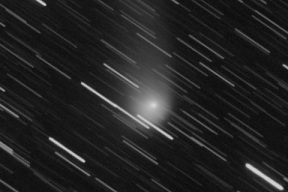
In a few seconds all images are normalized, corrected, rejected if needed, aligned and summed into a high quality
result.
Astroart contains several adaptive filters. The non-linear high pass filter improves the sharpness
of an image without introducing artifacts.
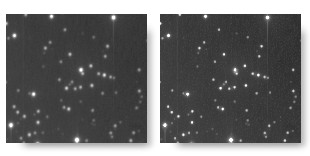
The adaptive low pass reduces the noise of an image without blurring and
loosing definition.
These filters attenuate the random noise of an image, without blurring the details.
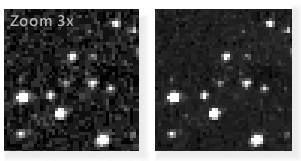
Thanks to speed of the realtime preview, the best filter parameters can be found visually.
With the deconvolution filters it's possible to restore an image corrupted by blur
or bad tracking.
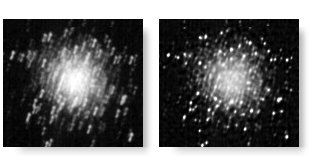
This image of M13 was taken on film, but it was restored anyway using maximum entropy deconvolution.
Astroart includes a complete mask layer. Masks are used to process or analyze a part of the image.
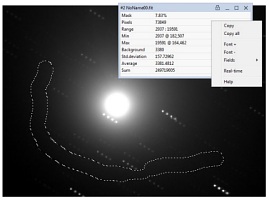
Masks can be created from a Formula (for example: all pixels below a value), from stars,
or just using the mouse like in graphical programs.
Several white balance methods, and the realtime preview, let you easily combine three or four channels (LRGB).
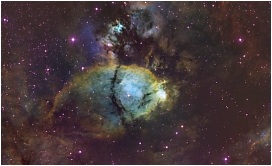
This image of the Fishhead Nebula (IC 1795) was made with the "Hubble palette", using the S-II, H-Alpha and OIII filter.
Image and processing by Rudi Bjørn Rasmussen.
Optical distortions are corrected with standard FITS SIP polynomials.
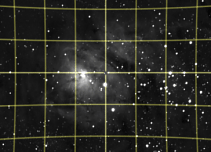
This provides high quality image stacking, or astrometry with greater precision.
Powerful filters like Deconvolution
and FFT can be applied to your own photos.
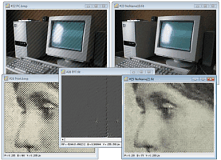
Working with 96 bits (32 for every R,G,B channel) allows to correct better
the defects and to balance accurately the colours.
Next page: Image analysis